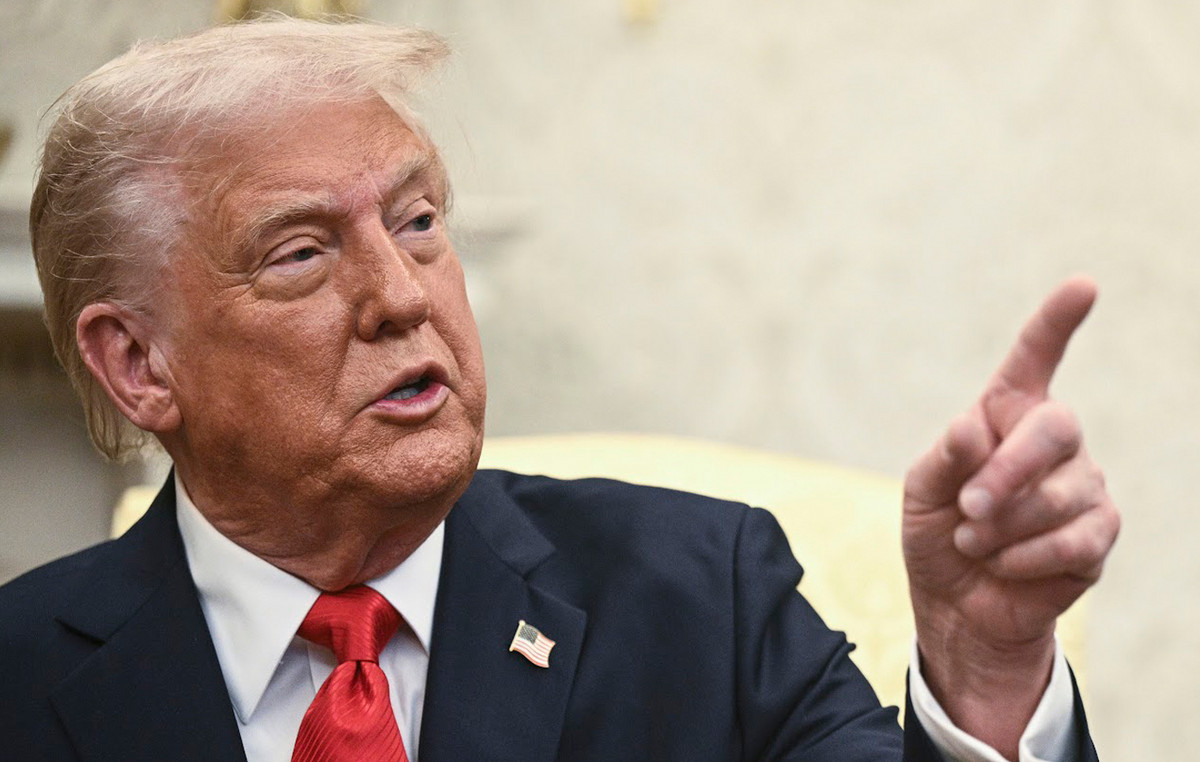- DXY falls as profit taking sets in, moving down towards 107.80.
- Traders analyze disinflationary PCE data following the Fed’s hawkish cut on Wednesday.
- Mild inflation readings may not alter the Fed’s ‘wait and see’ stance.
The US Dollar Index (DXY), which measures the value of the USD against a basket of currencies, took a hit after soft Personal Consumption Expenditure Price Index (PCE) data was released during the European session. Markets are also assessing the political issues in the US, which affected market sentiment.
Daily Market Summary: US Dollar Reacts to PCE Disinflationary Data, Shutdown Risks and Fed Stance
- The risks of a US government shutdown have increased as House Republicans failed to pass a funding deal. Although a brief shutdown may have limited impact on the market, negotiations remain the focus.
- Long-term Treasury yields continue to rise, with the 10-year yield near 4.60% and the 30-year yield at 4.77%, steepening the yield curve.
- November PCE data was softer than expected, with monthly headline inflation at 0.1% and annual inflation at 2.4%, below the 2.5% forecast.
- Core PCE also missed expectations. This slight disinflationary impression may not significantly alter the Fed’s recent hawkish stance.
- The Fed’s hawkish signals and smaller projected cuts in 2025 continue to support the relative strength of the US Dollar.
- Meanwhile, strong third quarter GDP of 3.1% SAAR and solid consumer spending highlight the underlying resilience of the US economy.
- The Atlanta Fed’s GDPNow model forecasts Q4 growth of 3.2% SAAR, and the New York Fed Nowcast sees Q4 at 1.9% SAAR, maintaining an optimistic growth narrative.
DXY Technical Outlook: Indicators Soften as Index Dips Below 108.00
After Wednesday’s bullish moves, indicators are softening as the index falls below 108.00 on Friday, currently hovering near 107.60. The pullback suggests the recent rally may be taking a breather. Still, if DXY can hold above its 20-day SMA, the broader bullish structure remains intact, leaving room for more gains once profit-taking subsides and fundamental drivers reaffirm.
US Dollar FAQs
The United States Dollar (USD) is the official currency of the United States of America, and the “de facto” currency of a significant number of other countries where it is in circulation alongside local banknotes. According to 2022 data, it is the most traded currency in the world, with more than 88% of all global currency exchange operations, equivalent to an average of $6.6 trillion in daily transactions. After World War II, the USD took over from the pound sterling as the world’s reserve currency.
The single most important factor influencing the value of the US Dollar is monetary policy, which is determined by the Federal Reserve (Fed). The Fed has two mandates: achieve price stability (control inflation) and promote full employment. Your main tool to achieve these two objectives is to adjust interest rates. When prices rise too quickly and inflation exceeds the 2% target set by the Fed, the Fed raises rates, which favors the price of the dollar. When Inflation falls below 2% or the unemployment rate is too high, the Fed can lower interest rates, which weighs on the Dollar.
In extreme situations, the Federal Reserve can also print more dollars and enact quantitative easing (QE). QE is the process by which the Fed substantially increases the flow of credit into a clogged financial system. This is an unconventional policy measure used when credit has dried up because banks do not lend to each other (for fear of counterparty default). It is a last resort when a simple lowering of interest rates is unlikely to achieve the necessary result. It was the Fed’s weapon of choice to combat the credit crunch that occurred during the Great Financial Crisis of 2008. It involves the Fed printing more dollars and using them to buy US government bonds, primarily from financial institutions. QE usually leads to a weakening of the US Dollar.
Quantitative tightening (QT) is the reverse process by which the Federal Reserve stops purchasing bonds from financial institutions and does not reinvest the principal of maturing portfolio securities in new purchases. It is usually positive for the US dollar.
Source: Fx Street
I am Joshua Winder, a senior-level journalist and editor at World Stock Market. I specialize in covering news related to the stock market and economic trends. With more than 8 years of experience in this field, I have become an expert in financial reporting.





